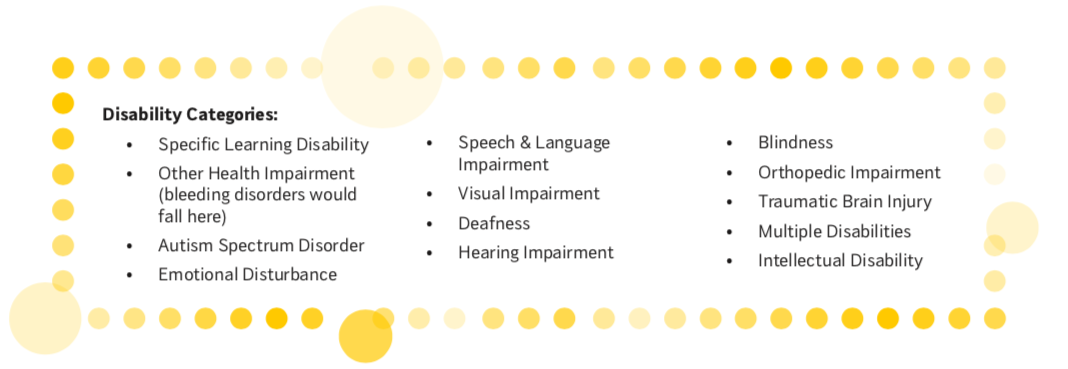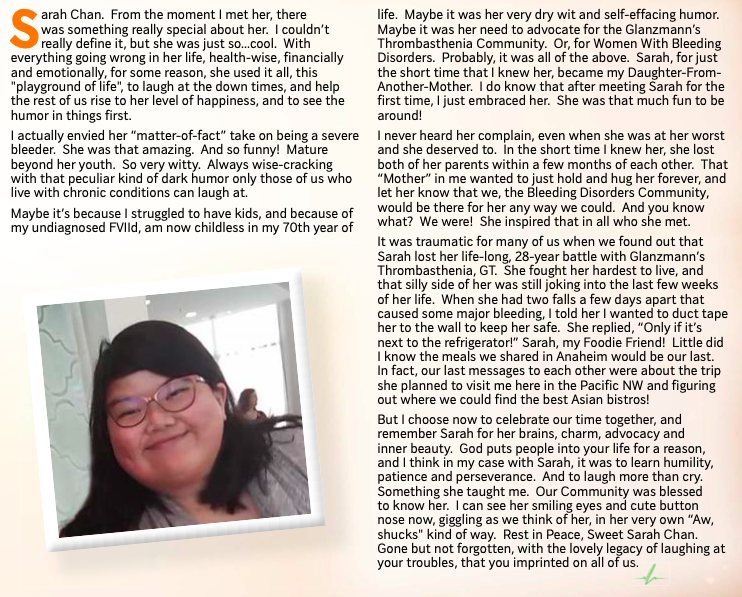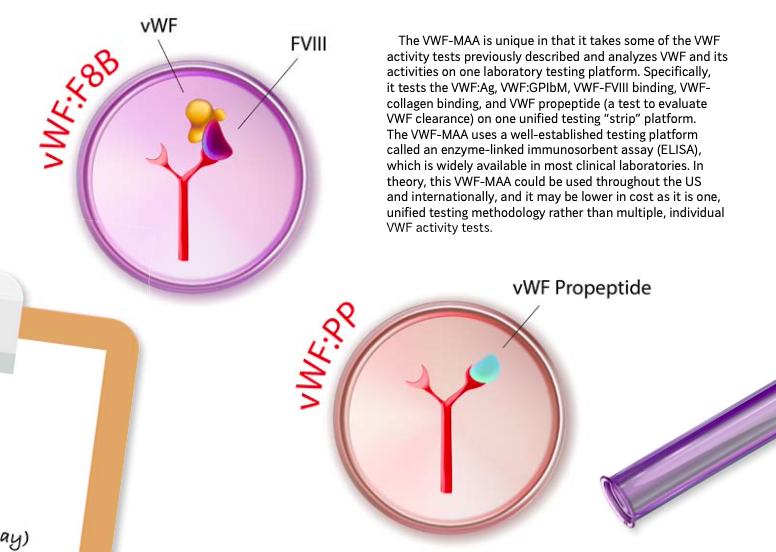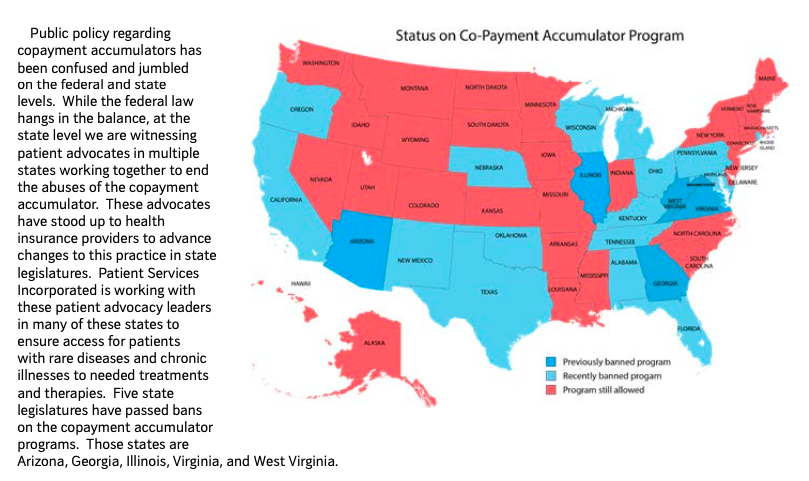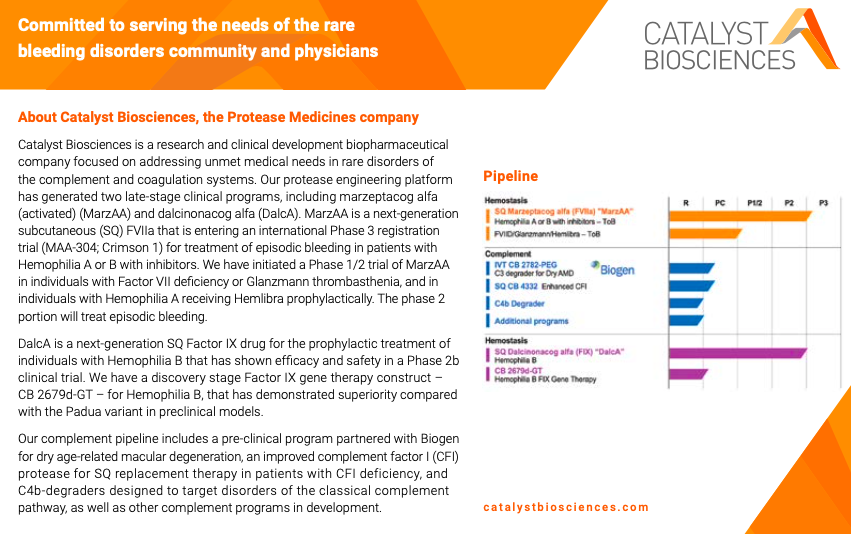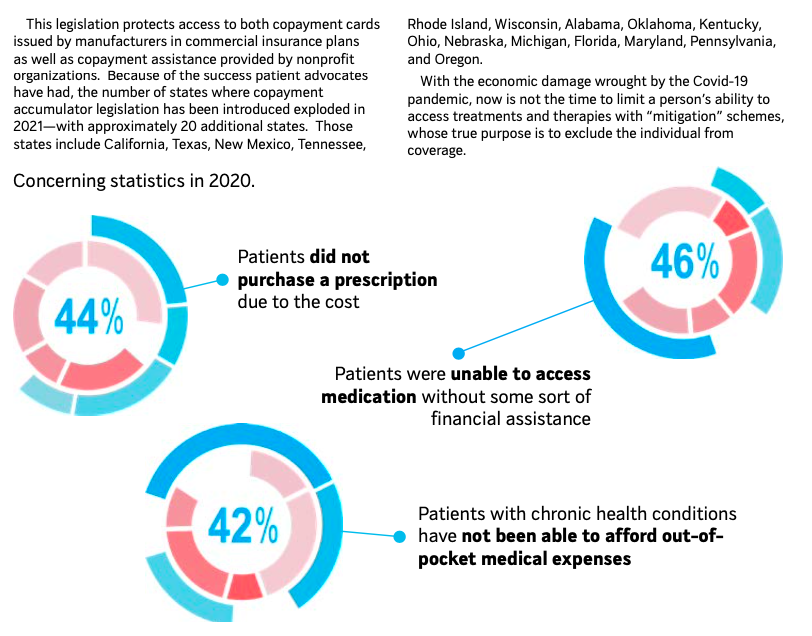by Janet Brewer, M.Ed & Lisa Cosseboom, M.Ed., CAGS
Published: Lifelines for Health Fall 2019
Section 504 of the Rehabilitation Act of 1973: The 504 section of this law was enacted to provide people with disabilities protection against discrimination by any program, activities or schools (as well as colleges and universities) that receive federal funding. The Office of Civil Rights (OCR) are responsible for enforcing institutions to provide reasonable accommodations for “qualified individuals.”
American with Disabilities Act (1990): This amendment in 1990 widened the breadth of coverage for people with disabilities. The act notes that its purpose is “to provide a clear and comprehensive national mandate for the elimination of discrimination against individuals with disabilities.” Part of this act prohibits a “public entity” such as a public school and non-parochial private schools from discriminating against students with a disability.
What is considered discriminatory?
• Denying a qualified student with a disability the opportunity to participate in or benefit from the aids, benefits, or services that are afforded other students.
• Affording a qualified student with a disability an opportunity to participate in or benefit from the aids, benefits, or services that are not equal to that afforded other students.
• Providing aids, benefits, or services to a qualified student with a disability that are not as effective as those provided other students.
• Providing different or separate aids, benefits, or services to a qualified student with a disability unless necessary to provide aids, benefits, or services that are as effective as those provided others.
• Aiding or perpetuating discrimination by providing significant assistance to an agency, organization, or person that discriminates on the basis of a disability.
• Denying qualified persons with disabilities the opportunity to participate as a member of a planning or advisory board because of their disability.
• Limiting a qualified student with a disability from the enjoyment of any right, privilege, advantage, or opportunity enjoyed by other students.
How is a disability determined?
The law states that a person must:
Have a physical or mental impairment which substantially limits one or more major life activities (those basic activities that the average person in the general population can perform with little or no difficulty)
Has a record of such impairment
Is regarded as having such an impairment
The term “substantially limits” one major life activity can be episodic or in remission and still be considered a disability and have accommodations in place for when it is active; and the determination must be made without regard to the ameliorative effects of mitigating measures.
What does this mean?
The 504 Team must identify mitigating measures being used by a student and determine how the disability would impact the major life activity in the absence of the mitigating measure. For example, a student with an inhibitor who happens to not be actively bleeding, or is currently managing any bleeding disorder with infusions (any type of medication is a mitigating factor), the
Team must determine whether the impairment would substantially limit a major life activity if removed. Each mitigating measure must be identified and used to determine what the impairment would look like if the mitigating measure was removed. Additionally, the Office of Civil Rights has determined that health plans and emergency plans are considered mitigating measures.
Examples of mitigating measures:
• Medication, medical supplies, equipment, or appliances; low-vision devices (which do not include ordinary eyeglasses or contact lenses); prosthetics, including limbs and devices; hearing aids and cochlear implants or other implantable hearing devices; oxygen therapy equipment and supplies; use of assistive technology;
• Reasonable accommodations or auxiliary aids or services; and
• Learned behavioral or adaptive neurological modifications.
The purpose of a 504 plan is to provide access or remove barriers to participation. It provides students the same rights and services as their non-disabled peers. For students with bleeding disorders, a major life activity could include walking, writing, sitting or standing. Under a 504 plan a student can access related services as determined by the Team. These include the following:
Speech & Language Therapy:
Occupational Therapy
Physical Therapy
Counseling
Rehabilitative Counseling
School health services
Transportation
Reasonable Accommodations under a 504 plan:
Schedule of Physical Education activities
Extra set of books at home
Extended travel time around building
Extended time for homework/make-up work
All medically related absences are excused with no loss of credit
Field trips to include a nurse
Permanent pass to the school nurse
Medications, needles and supplies maintained in the nurse’s office
Staff in-service
Tutoring due to absences
Physical education credits for participating in outside physical therapy
Audio or video of class lectures
Regular email contact from teachers regarding missed assignments
Note takers/Copies of teacher notes
Homework posted on the school district internet (Class Dojo/Google Classroom)
Permanent pass for school elevator
Walkie-Talkies for recess
Medically-related absences excused with no loss of credit
Individualized Health Care Plan
What about after-school programming?
• Medications, needles and supplies maintained in the nurse’s office
• Staff in-service
• Tutoring due to absences
• Physical education credits for participating in outside physical therapy
• Audio or video of class lectures
• Regular email contact from teachers regarding missed assignments
• Note takers/Copies of teacher notes
• Homework posted on the school district internet (Class Dojo/Google Classroom)
• Permanent pass for school elevator
• Walkie-Talkies for recess
• Medically-related absences excused with no loss of credit
• Individualized Health Care Plan
Any program that is operated or funded by a school or contracted by a school is required for ensuring reasonable accommodations for children on a 504 or Individualized Health Plan. The school district, family and after-school program should work to ensure consistency between the school plan and what accommodations the student needs in the after- school setting.
Parents should plan on advocating for their child in the school system as bleeding disorders are rare and school staff may be unfamiliar with their needs or what accommodations will be needed. After reasonable requests for 504 eligibility, if a family has a complaint contact the Office for Civil Rights at:
https://www2.ed.gov/about/offices/list/ocr/qa-complaints.html





